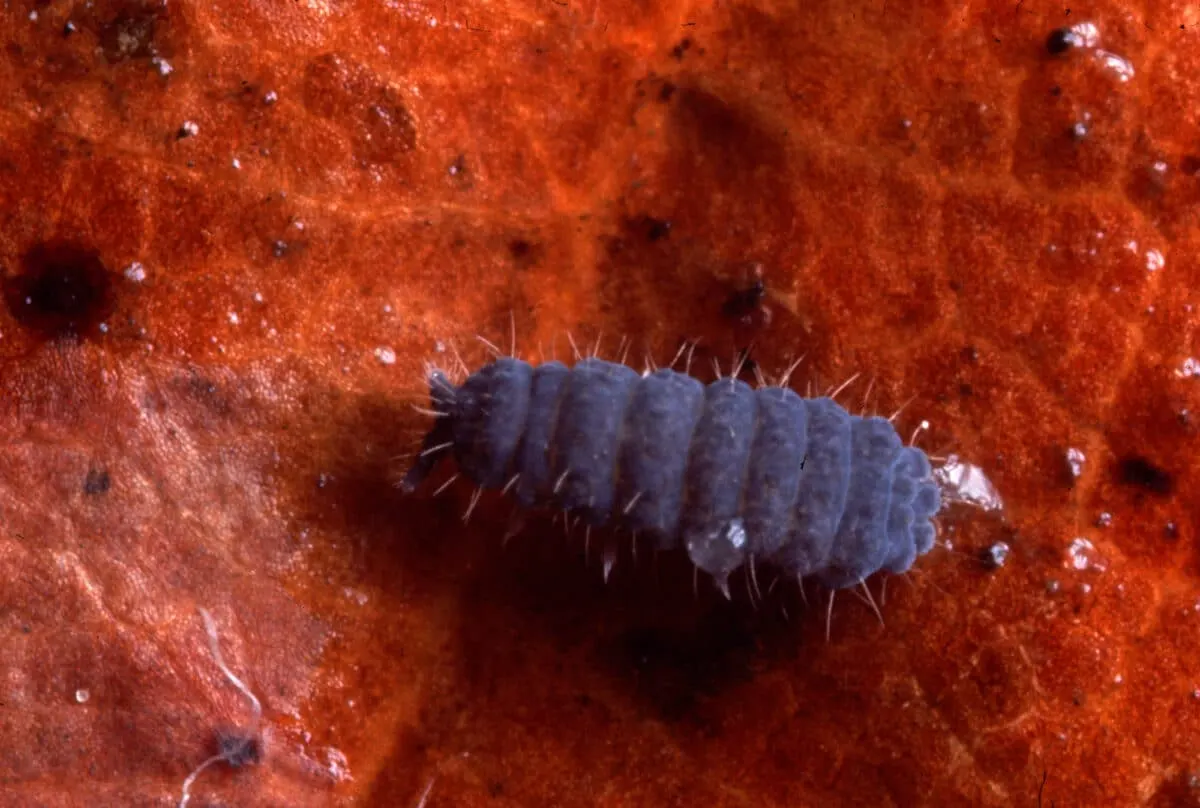In a world where humans require moderate temperatures to survive, certain microscopic organisms defy our understanding of life’s limits. From scorching hot springs to the frozen wastes of Antarctica, these remarkable creatures thrive in conditions that would instantly kill most living things. Their extraordinary resilience has captured the imagination of scientists worldwide, offering insights into the fundamental nature of life and its potential beyond Earth. These extremophiles—organisms that love extreme conditions—demonstrate remarkable survival mechanisms that allow them to endure temperatures ranging from well below freezing to far above boiling. Let’s explore these tiny survival champions and discover how they manage these seemingly impossible feats.
Meet the Tardigrades: Earth’s Ultimate Survivors
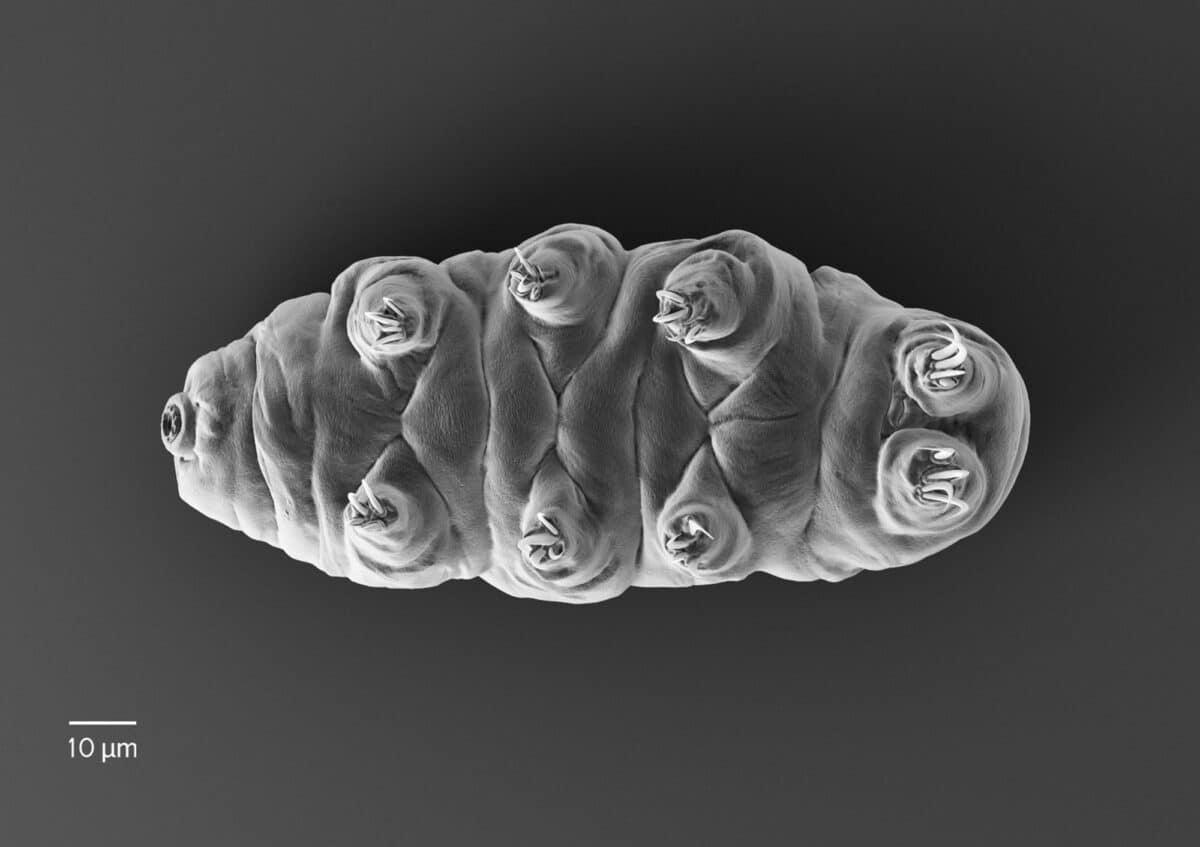
Perhaps the most famous temperature-defying creatures are tardigrades, often called water bears or moss piglets. These microscopic eight-legged animals, typically measuring 0.5 mm or less, have conquered virtually every habitat on Earth. Tardigrades can survive temperatures ranging from near absolute zero (-458°F or -272°C) to well above boiling (300°F or 150°C), though not indefinitely. When facing extreme conditions, they enter a state called cryptobiosis, where they curl into a dehydrated ball called a “tun,” reducing their water content to less than 3%. In this state, they essentially suspend their metabolism, enabling them to endure harsh environments for decades, only to reanimate when conditions improve. This remarkable ability has even allowed tardigrades to survive the vacuum and radiation of space during controlled experiments.
Thermophiles: The Heat-Loving Microbes

Deep in hydrothermal vents and hot springs across the planet live organisms that not only tolerate but require extreme heat to survive. These thermophiles—literally “heat-loving” microbes—include bacteria and archaea that thrive at temperatures between 113°F (45°C) and 252°F (122°C). The current record holder for heat tolerance is Methanopyrus kandleri strain 116, an archaeon discovered in a hydrothermal vent in the Gulf of California that can grow at temperatures up to 252°F (122°C)—well above water’s boiling point at sea level. These organisms possess specially adapted proteins and cell membranes that remain stable at temperatures that would denature and destroy the biological molecules of most other life forms. Their unique evolutionary adaptations provide valuable insights for biotechnology applications and theories about early life on Earth.
Psychrophiles: Masters of the Freezing World
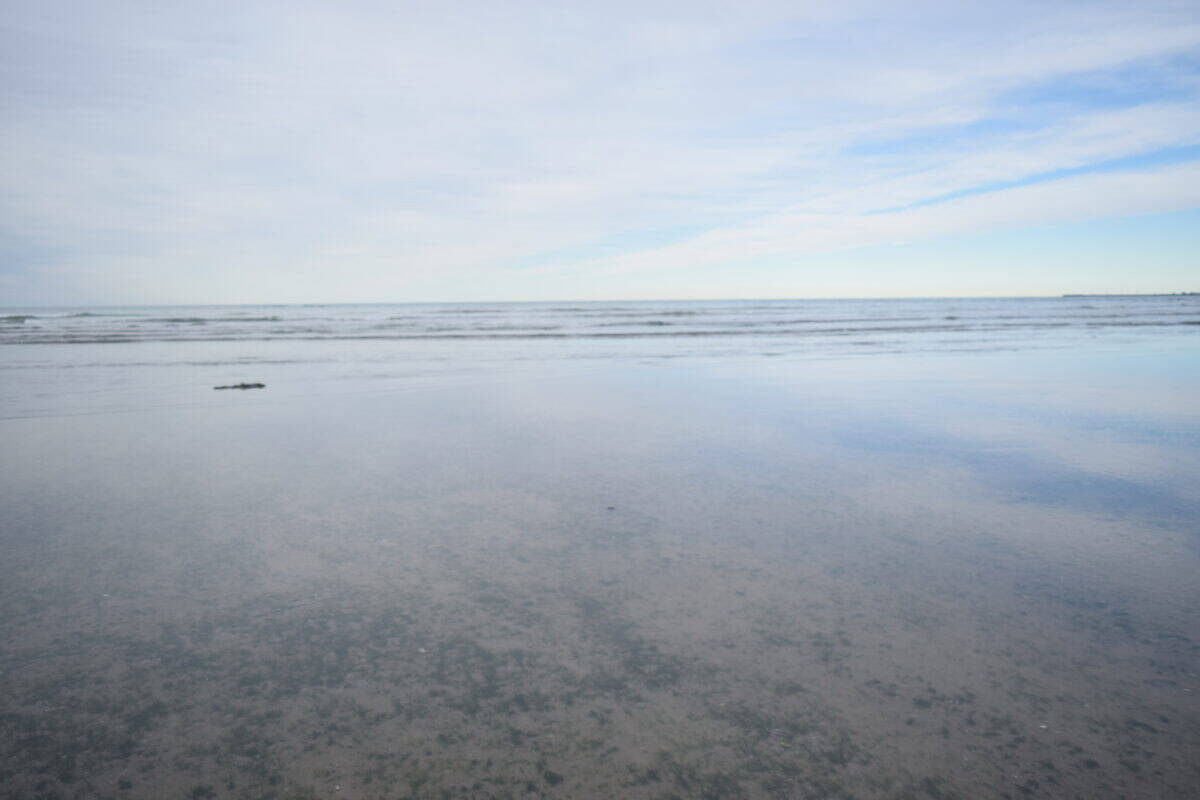
At the other extreme, psychrophiles have adapted to live in permanently cold environments like polar regions, glaciers, and deep oceans. These cold-loving microorganisms—primarily bacteria, fungi, and algae—have optimal growth temperatures below 59°F (15°C) and can maintain metabolic activity at temperatures as low as -4°F (-20°C).
Some can even survive at temperatures approaching -40°F/C. Their remarkable adaptations include producing antifreeze proteins that prevent ice crystal formation within their cells, maintaining flexible cell membranes that remain functional in the cold, and using enzymes optimized to work at low temperatures. Antarctic bacteria like Psychrobacter and certain species of Colwellia exemplify these extraordinary cold-adapted organisms, continuing to metabolize nutrients and even multiply in environments where water exists primarily as ice.
The Extraordinary Case of Endospores

Some bacteria employ an ingenious survival strategy by forming endospores—highly resistant, dormant structures that can withstand extreme temperatures and other harsh conditions. Bacillus and Clostridium species are particularly known for this capability. When these bacteria encounter unfavorable conditions, they undergo a complex process of sporulation, creating a tough protective coating around their essential genetic material and a small portion of cytoplasm.
These endospores can withstand boiling water for hours, freezing temperatures for centuries, and even survive in space-like conditions. In fact, scientists have successfully revived bacterial spores from 250-million-year-old salt crystals, demonstrating their extraordinary longevity. When favorable conditions return, these endospores can germinate within minutes, resuming normal cellular functions and reproduction as if nothing happened.
Molecular Adaptations: The Secret to Temperature Resistance
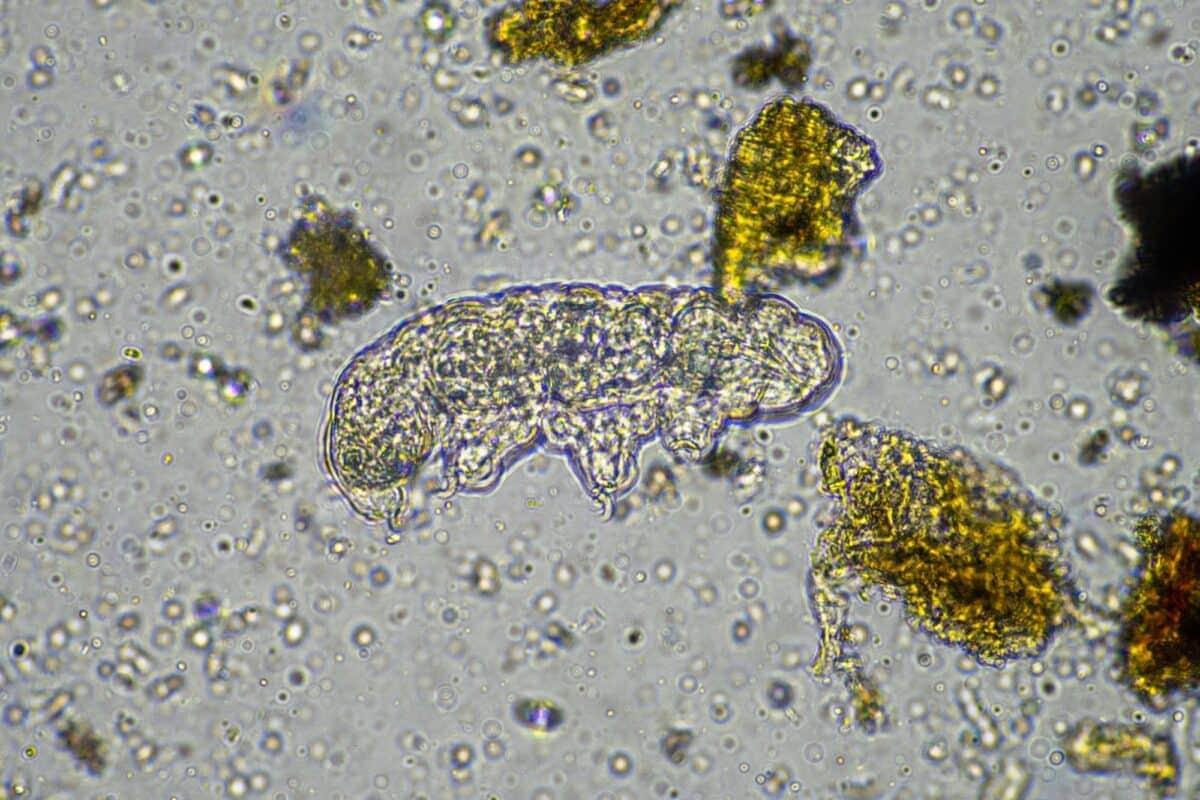
The ability to survive extreme temperatures stems from sophisticated molecular adaptations that protect cellular structures and biological processes. Heat-resistant organisms often contain proteins enriched with amino acids that form stronger internal bonds, preventing them from unfolding (denaturing) at high temperatures. They also produce specialized heat-shock proteins that help repair or remove damaged cellular components.
Cold-adapted organisms, conversely, incorporate more unsaturated fatty acids into their cell membranes, maintaining fluidity at low temperatures where membranes would otherwise become rigid and dysfunctional. They also produce enzymes with more flexible active sites that require less energy to perform their catalytic functions in the cold. These molecular adaptations represent millions of years of evolutionary fine-tuning and offer valuable blueprints for biotechnological applications ranging from heat-stable enzymes for industrial processes to cold-functioning lubricants and preservatives.
From Volcanoes to Ice Caps: Global Distribution

Temperature-defying microorganisms inhabit some of Earth’s most extreme environments. Thermophiles populate geothermal features like the Grand Prismatic Spring in Yellowstone National Park, where colorful microbial mats form as different species occupy temperature gradients ranging from near-boiling at the center to cooler peripheries. They also thrive in deep-sea hydrothermal vents, where water heated by magmatic activity can reach temperatures exceeding 700°F (370°C) but remains liquid due to immense pressure.
On the colder side, psychrophiles dominate the polar regions, with diverse communities living inside sea ice, glaciers, and permafrost. Remarkably, some environments harbor both temperature extremes—in Antarctica’s McMurdo Dry Valleys, organisms experience freezing temperatures for months followed by brief periods of intense solar heating, while certain high-altitude volcanic soils alternate between nighttime freezing and daytime baking. These extreme habitats, once thought lifeless, now reveal themselves as hotspots of specialized biodiversity.
Surviving Multiple Extremes: Polyextremophiles
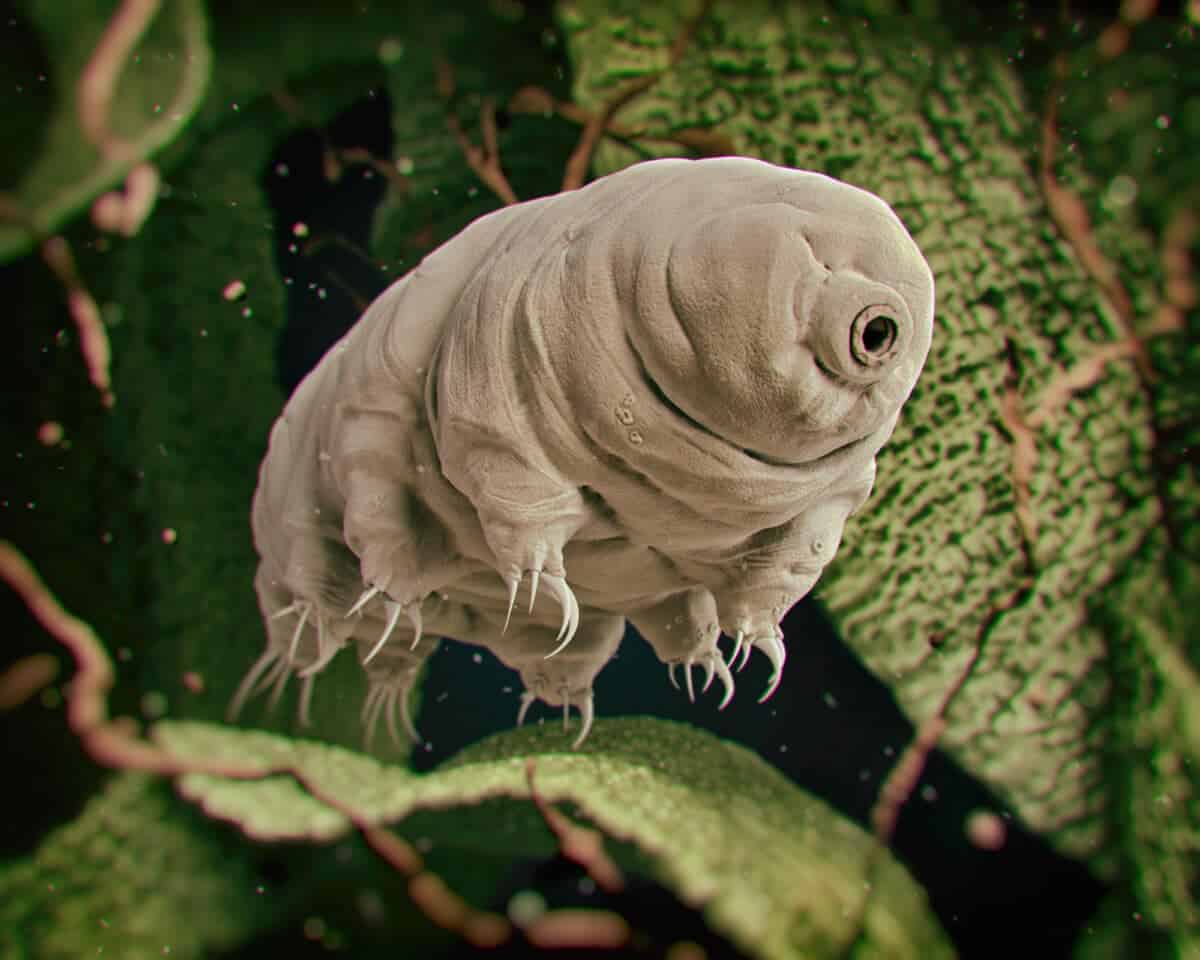
Some of the most remarkable microbial survivors can withstand not just temperature extremes but multiple harsh conditions simultaneously. These polyextremophiles demonstrate an extraordinary resilience that pushes the boundaries of what we consider possible for life. For example, Deinococcus radiodurans can withstand radiation levels thousands of times greater than what would kill humans, along with extreme cold, dehydration, and vacuum conditions.
Certain archaea from deep-sea hydrothermal vents tolerate temperatures exceeding 230°F (110°C) while also thriving in highly acidic environments and crushing pressures equivalent to several thousand atmospheres. The salt-loving microbe Halobacterium salinarum endures both scorching desert temperatures and salt concentrations approaching saturation. These combinations of survival capabilities suggest that life may be more adaptable than previously thought—with profound implications for the search for extraterrestrial life on worlds with seemingly inhospitable conditions.
The Cryptobiotic Survival Strategy
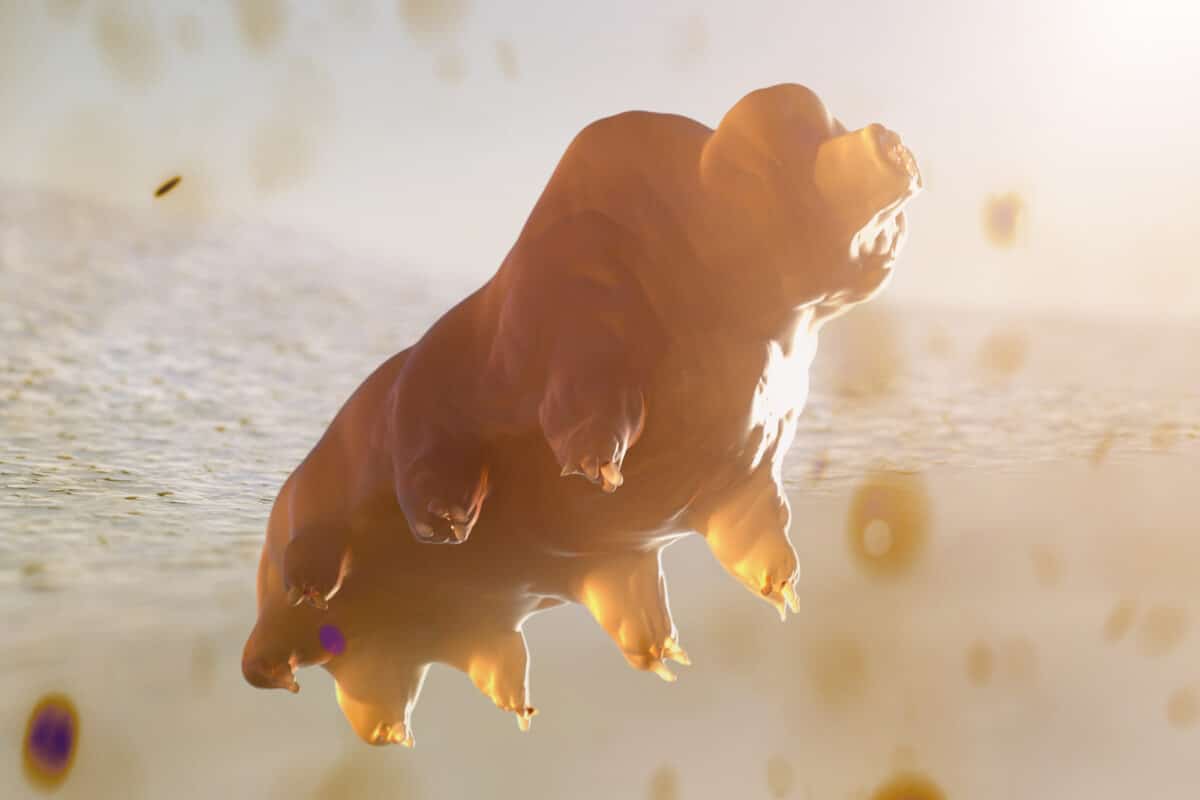
Perhaps the most fascinating survival mechanism among temperature-resistant organisms is cryptobiosis—a state of “hidden life” where metabolic processes slow to a virtual standstill. This remarkable adaptation allows tardigrades, certain nematodes, and some microorganisms to essentially pause life processes when conditions become extreme. During cryptobiosis, organisms replace water in their cells with specialized molecules like trehalose, a sugar that forms a glass-like substance protecting cellular components from damage during freezing or desiccation.
Some produce specialized proteins called intrinsically disordered proteins (IDPs) that prevent cellular collapse during dehydration. Remarkably, organisms in cryptobiosis show virtually no signs of aging—time essentially stops for them at the cellular level. Japanese scientists documented a tardigrade revival after 30 years of cryptobiosis, with the animal resuming normal behavior within hours of rehydration. This suspended animation-like state represents one of biology’s most impressive survival adaptations.
Scientific Applications: Learning from Nature’s Extremists

The study of temperature-defying organisms has yielded valuable applications across numerous scientific fields. Taq polymerase, an enzyme isolated from the thermophilic bacterium Thermus aquaticus found in Yellowstone hot springs, revolutionized molecular biology by enabling the polymerase chain reaction (PCR)—the fundamental DNA amplification technique that powers everything from COVID-19 testing to forensic identification. Cold-adapted enzymes from psychrophiles have found applications in energy-efficient detergents that work effectively in cold-water washing, reducing energy consumption.
Medical researchers study the cryptobiotic mechanisms of tardigrades to develop better preservation techniques for organs awaiting transplantation and vaccines requiring refrigeration. Meanwhile, astrobiologists use these organisms as models to understand how life might survive on other planets and moons with extreme temperature fluctuations, like Mars or Jupiter’s moon Europa. These natural innovations often inspire biomimetic technologies that solve human problems by imitating strategies refined by evolution over billions of years.
Evolutionary Significance: Ancient Adaptations

The ability to withstand temperature extremes may represent some of Earth’s oldest evolutionary adaptations. Many scientists hypothesize that life on early Earth faced harsh conditions including asteroid impacts, intense UV radiation, and extreme temperature fluctuations. This challenging environment likely selected for robust organisms capable of surviving these stresses. Thermophiles, in particular, share many genetic similarities with the earliest branches on the tree of life, suggesting that heat tolerance may have been an essential characteristic of Earth’s first organisms—possibly emerging around hydrothermal vents where temperature gradients created chemical energy flows that could power primitive metabolic reactions.
The deep evolutionary history of temperature resistance is written in the genomes of today’s extremophiles, many of which contain ancient genes for stress response that have been conserved across billions of years. By studying these living fossils and their extraordinary capabilities, scientists gain insights into life’s earliest chapters and the fundamental mechanisms that allow life to persist through environmental challenges.
Breaking the Rules: Challenging Traditional Biology
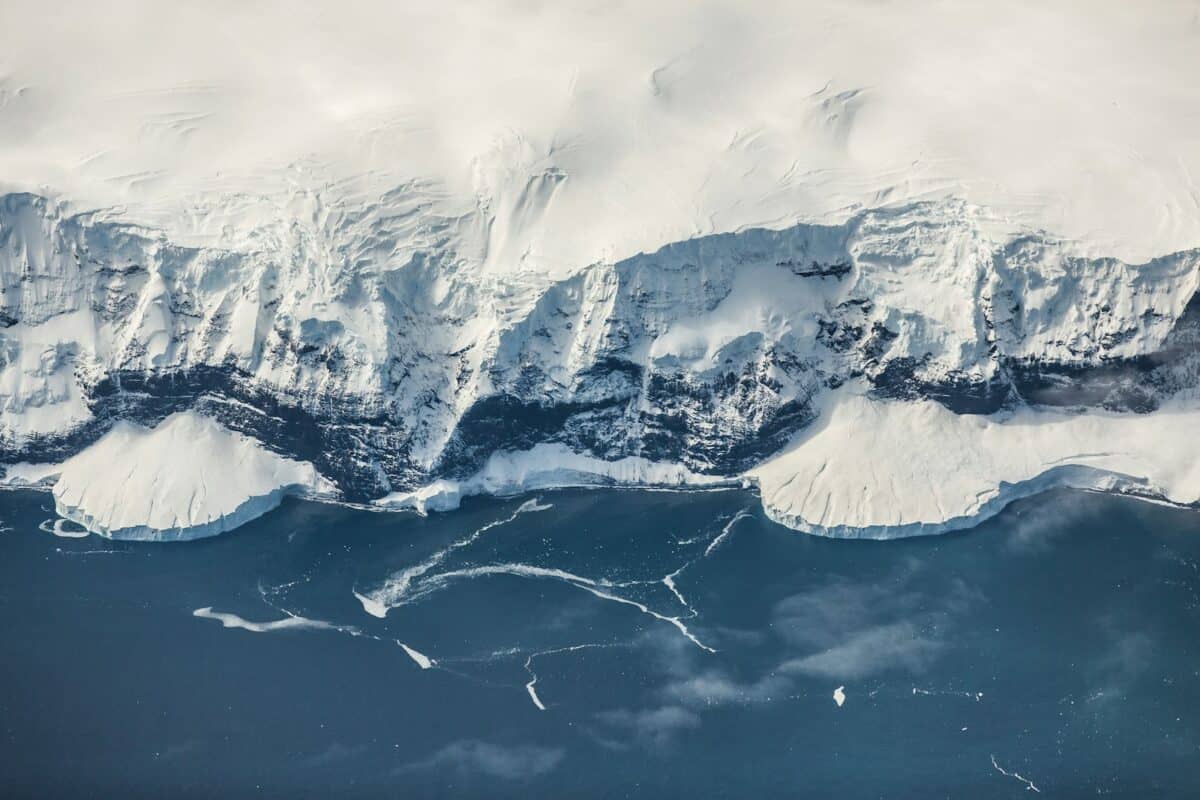
Temperature-defying organisms frequently challenge conventional understanding of biology’s limits. Traditional textbooks often state that proteins denature above certain temperatures, membranes solidify below freezing, and that liquid water is essential for active metabolism. Yet extremophiles routinely break these supposed rules. The enzyme superoxide dismutase from the archaeon Pyrolobus fumarii remains functional even after being autoclaved at 250°F (121°C) for an hour—conditions used to sterilize surgical equipment. Some Antarctic bacteria continue to metabolize at temperatures as low as -4°F (-20°C), operating in microscopic films of unfrozen water molecules.
Perhaps most surprisingly, certain bacteria can maintain metabolic activity even in a dehydrated state, conducting chemical reactions in the absence of cellular water. These exceptions to biological “rules” force scientists to reconsider fundamental assumptions about life’s requirements and potential. Each discovery of an organism surviving in supposedly impossible conditions expands our understanding of life’s adaptability and resilience, suggesting that biology may be far more flexible than previously imagined.
Conclusion: Life’s Remarkable Resilience

The tiny creatures that survive boiling and freezing temperatures represent some of nature’s most impressive innovations, demonstrating the extraordinary adaptability of life on Earth. From tardigrades entering suspended animation to thermophiles thriving in scalding hot springs, these organisms push the boundaries of what we consider biologically possible. Their remarkable molecular adaptations—specialized proteins, membrane modifications, and protective compounds—showcase the power of natural selection to solve even the most challenging environmental problems.
As we face growing environmental challenges of our own, these microscopic survivors offer both inspiration and practical solutions, from temperature-stable pharmaceuticals to insights about potential life beyond Earth. In studying these extremophiles, we not only learn about life’s incredible resilience but gain a deeper appreciation for its fundamental ingenuity—reminding us that even in the harshest conditions, life finds a way to persist, adapt, and even flourish.
- This Massive Crocodile Fossil Dwarfs Anything Alive Today - August 15, 2025
- From Symbol to Supper: The Cultural Journey of the Chicken - August 15, 2025
- The Lizard That Brought Fire: Aboriginal Australian Legends - August 15, 2025

